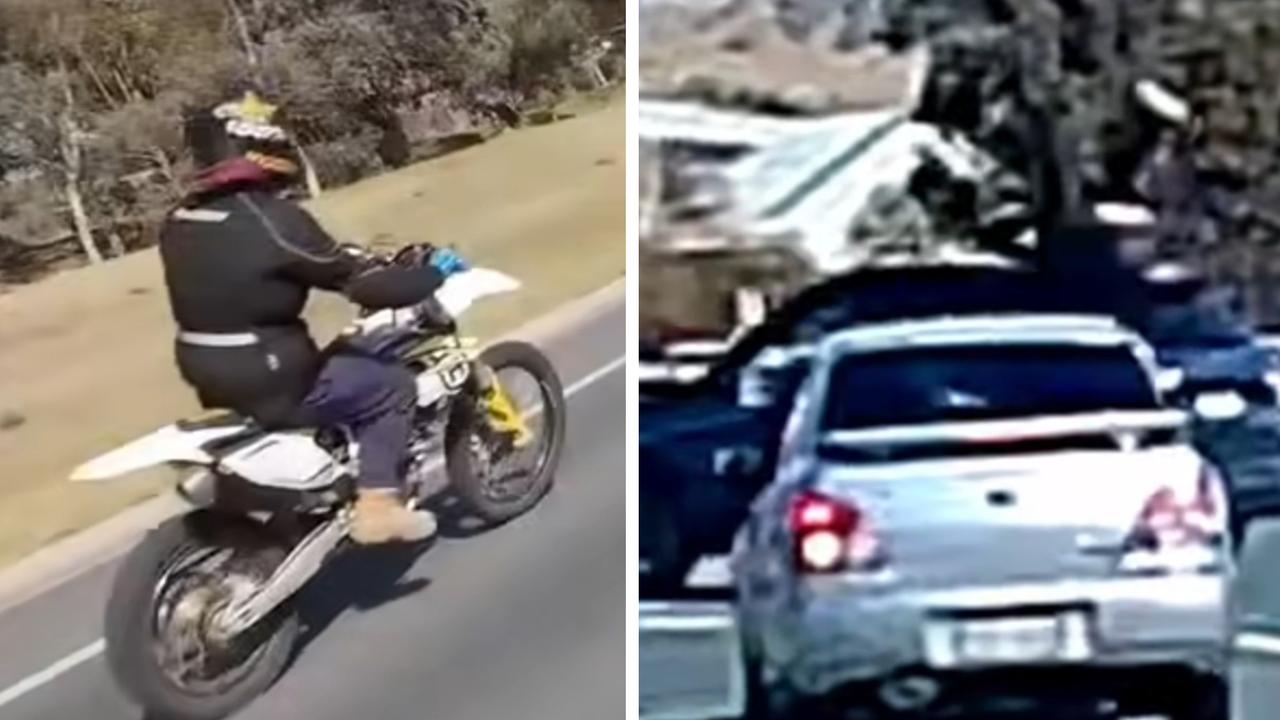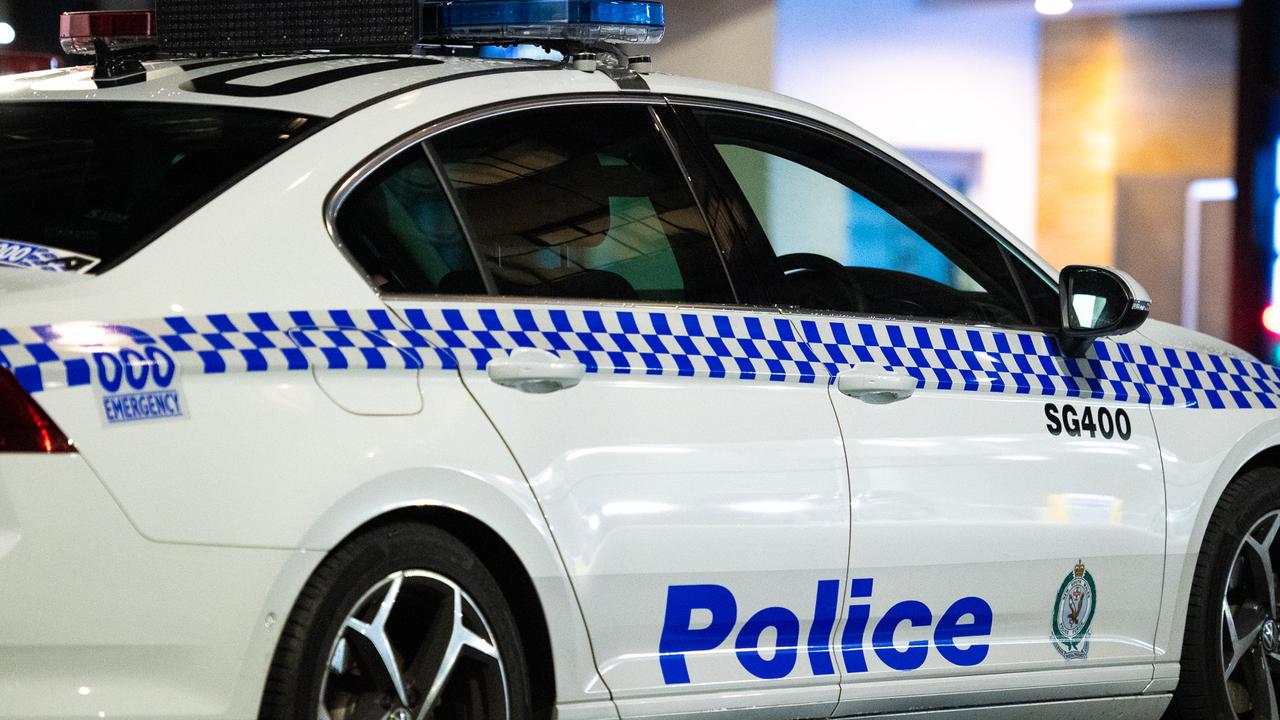‘Everyone dislikes you’: Nation divided over ‘Yank Tanks’
Australia’s love-hate relationship with oversized “Yank Tanks” may slowly be entering its messy, drawn-out divorce phase.
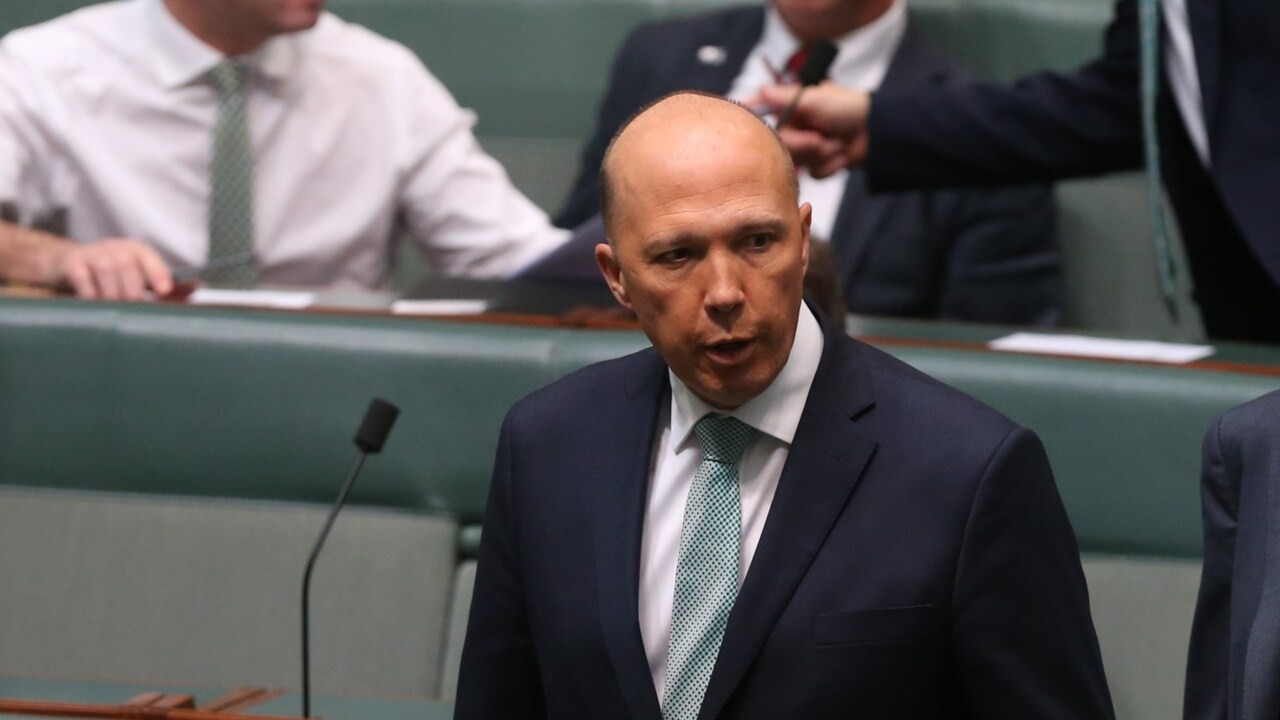
On the Road
Don't miss out on the headlines from On the Road. Followed categories will be added to My News.
Australia’s love-hate relationship with oversized American-style “Yank Tanks” may slowly be entering its messy, drawn-out divorce phase.
Much maligned by The Greens, Reddit users and inner-city Melbourne councils, fuel-guzzling pick-up trucks like the Ram 1500, Ford F-150, Toyota Tundra and Chevrolet Silverado have remained stubbornly popular among middle Australia.
In recent months the controversial vehicles have emerged as the new flashpoint in the eternal struggle between progressive, forward-thinking Aussies and “cashed-up bogans”, who in years past were similarly mocked for their fondness of “McMansions” and flat-screen TVs.
“[The] people who own an American jumbo-truck in Australia … it turns out there are a lot of people who really, really don’t like you,” wrote CarsGuide’s Andrew Chesterton over the weekend.
Chesterton was discussing the heated online response to a recent analysis by the website questioning whether the market was already “saturated”.
“Now, let me preface this by saying I actually rather like them,” he said.
“I’ve spent time in petrol- and diesel-powered Ram 1500 models, and they were ace at what they are designed to do. And the same for the Toyota Tundra, which I gave a very strong 4.3 out of 5 for its awesome i-Force MAX engine and its ability to tow small planets. But it seems perhaps I’m on an island here, because the backlash in the comments when we write about jumbo utes is immediate.”
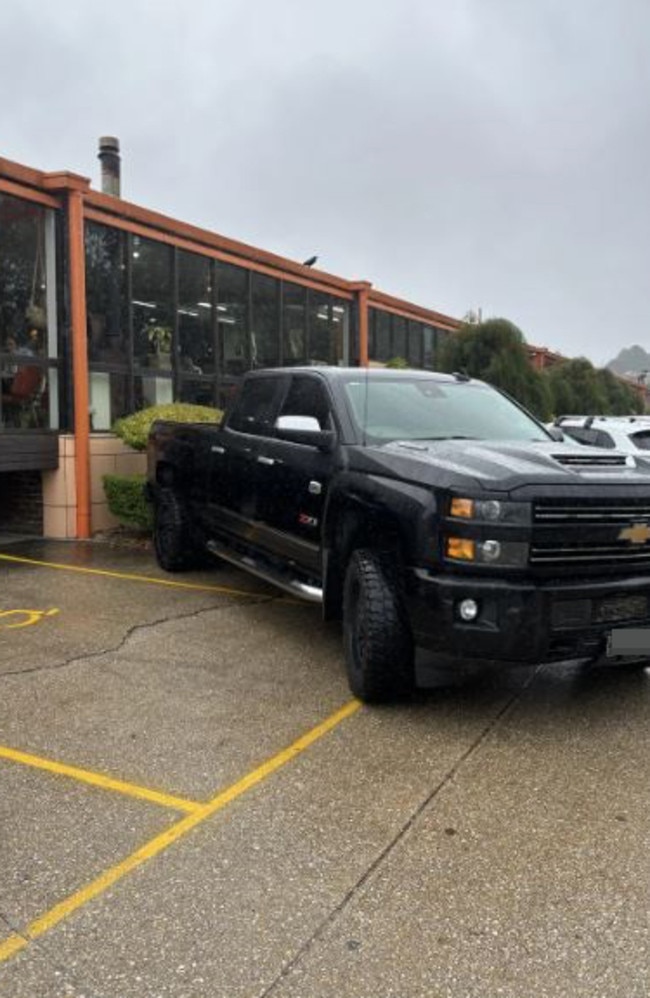
On Boomer-favoured Facebook, users seemed to lean decidedly “Team Ram”.
“I love the big units,” one woman commented.
“I’m forever debating weather to get a Ram or [LandCruiser 300] for my next car, which will be mostly for towing a caravan. I want something big in size and smooth AF towing a caravan for thousands of kilometres a trip. Ram seems to more room, more features and costs similar money.”
Another man said, “Who cares, if I want to drive a large ute that’s my choice. I don’t need your permission, never have and never will. If you want to drive a tiny little bug of a car then that’s your choice and right to do so, none of my business just like it’s none of your business what I drive.”
A third added, “Another article about how people in Australia are jealous of anyone who can afford more than them.”
But on younger, more liberal-leaning Reddit, users regularly shame drivers of the hated American trucks for obstructing traffic and hogging car spaces.
“Yank tank logic,” wrote one user in the Melbourne subreddit over the weekend, sharing a photo of two pick-ups parked on a pavement, sparking outrage at “d**kheads who take up the whole road in their s**tty diesel-guzzling dodgy Rams”.
“You don’t understand. The rules don’t apply to them because they are very special little boys with a big car that goes vroom,” one user commented.
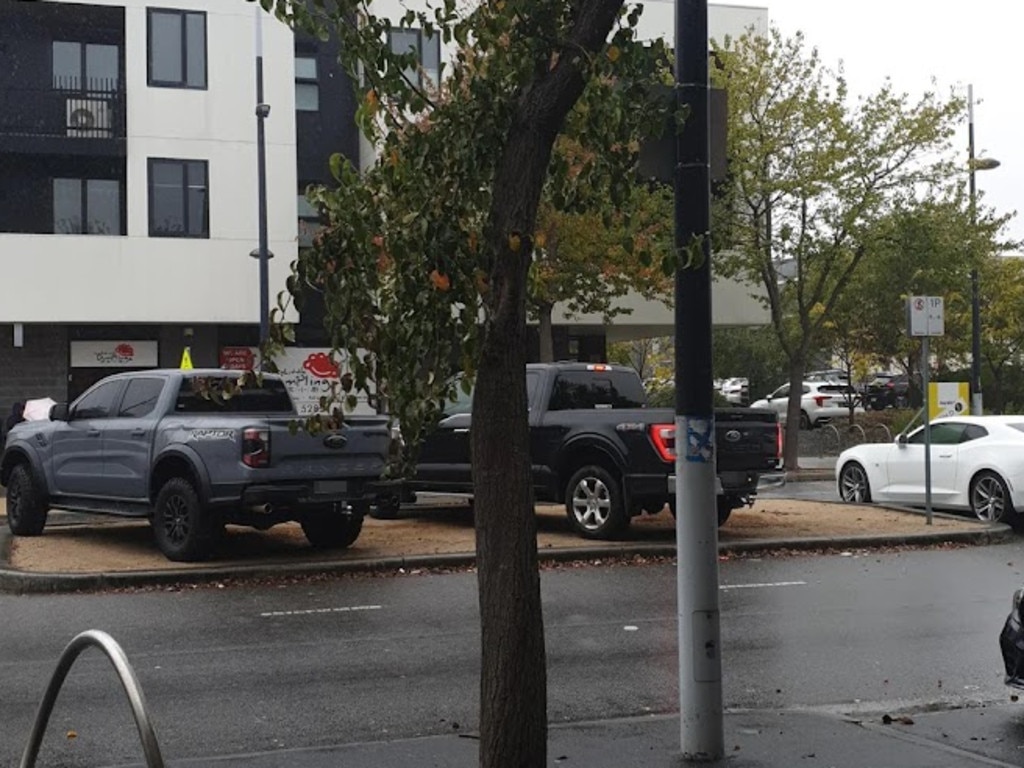
Another photo taken at Mill Markets in Daylesford showed a Silverado parked diagonally across a disabled spot, while a user from Sydney shamed a local tradie for double parking in front of them.
“This guy couldn’t find a big enough spot for his giant car, so he just blocked us in and walked off,” they wrote. “Then threatened us when he got back. Is this why everyone hates these things?”
With the federal government’s new emissions standards for the automotive industry set to take effect next year, the already expensive trucks face an even costlier future in Australia.
“Cost-of-entry to the US pick-up club starts from $98,950 for the Ram 1500, rising to $106,950 for the Ford F-150, $130,500 for the Chevrolet Silverado, and if our mail is correct, $145,990 for the Toyota Tundra,” CarsGuide deputy editor James Clear wrote in his analysis earlier this month.
“No small chunk of change relative to established dual cab utes like the Ford Ranger and Toyota HiLux. And if you look at 2024’s year-to-date sales numbers, maybe the market for these big beasts has already reached saturation point.”
Cleary noted that in the first four months of 2024, Ram sales were down around 40 per cent on the same period last year while sales of the Silverado and F-150 had filled up the shortfall — suggesting the market, while large, may not be getting any bigger.

“Insiders suggest there is still significant Ram demand to fill and Ford might be shifting even more F-150s if rumoured delivery issues weren’t getting in the way,” Cleary wrote.
“But aside from that scuttlebutt, while it looks like there may still be growth potential in this part of the market it’s unlikely to be as explosive as it has been over the last 18 months.”
Separately, some inner-city councils have begun moves towards cracking down on oversized utes, inspired by residents of Paris who voted in April to triple parking fees compared to standard-sized cars.
The explosion in popularity of large utes and SUVs, which has seen the length of Australia’s favourite car grow by more than 80 centimetres in just over a decade, has been driven by a number of factors including small business tax write-offs and the demise of locally built Fords and Holdens.
Paul Maric, co-founder of CarExpert.com.au, said earlier this month Australia’s cars had “definitely grown super-sized”.
“My question is whether people feel like they need to get a bigger car because the cars around them are bigger, because if you drive a Mazda 3 today you’ll feel very intimidated by Ford Rangers and other SUVs,” he said.
“It kind of feels like the change has been driven by these dual-cab utes. People want to get into SUVs, all the people that have small hatchbacks are pressured into buying something larger [for safety reasons]. In most people’s minds bigger is safer.”
He added, “If you’ve got a family you want something larger and it’s the same with dual-cab utes, people are putting their employees in them so naturally [they value safety].”
Maric agreed the decline of sedans and wagons was a big factor.

“Sedans and wagons have basically just disappeared off the face of the earth — for the average consumer it’s all about SUVs,” he said.
“It’s ironic today that with cost of living going through the roof people are still buying large vehicles that use a lot of fuel.”
But he argued governments’ attempts to force motorists to change their habits would only backfire.
“By taxing them you’re simply increasing the cost of living — there isn’t a viable alternative,” Maric said.
“Manufacturers are progressively moving away from wagons and sedans in response to market demand, not just in Australia but globally. I don’t think we’re ever going back to the days of small vehicles.”
John Cadogan, founder of AutoExpert.com.au, argued the objections to large vehicles came from a “very vocal minority”.
“The reality is as Australians we buy something like 17,000-18,000 4x4 utes a month — that’s a massive chunk, it’s roughly 20 per cent of total vehicle sales,” he said.
“As for ‘these vehicles are so huge’, that’s ridiculous. What exactly are people objecting to? The weight or the physical size? The [Mazda 3] is 4.46 metres long and the dual-cab ute is 5.28 metres. Yeah they are a bit taller than conventional cars, but are we really suggesting 80 centimetres [longer] is worth having a tantrum over?”
Cadogan said the “simple fact is vehicles get bigger over time”.
“Look at the Mazda 3 from 2011 or a Toyota Corolla, it’s bigger and heavier every time there’s a new model,” he said.
“The carmakers have to give you more otherwise there’s no reason to buy it, it has to offer more space or more performance or features. More space means a bigger car and more features means heavier. I understand the emotional dimension to the complaints but I’m not seeing it underpinned by reality. There’s nothing that says utes are disproportionately crash-involved.”

Data from the Monash University Accident Research centre show large dual-cab utes and SUVS cause significantly more injuries to others per 100 crashes than small cars — as high as 5.82 for the Isuzu Ute D-Max compared with 2.01 for a Toyota Corolla.
“A lot of them will say it’s much more dangerous to be hit by ute than a small car — I would say it’s pretty f**king dangerous to be hit by any vehicle,” Cadogan said.
“Splitting hairs saying it’s safer to hit a pedestrian with a small car is absurd. If you care about your own safety, you’d be in the biggest, heaviest vehicle you could. Isaac Newton wrote the rules.”
The Albanese government’s New Vehicle Efficiency Standard (NVES) will put caps on total carbon emissions permitted across a manufacturer’s fleet, meaning they will be required to sell a greater proportion of cleaner, greener vehicles like EVs and hybrids or face penalties.
The legislation passed the House of Representatives with the surprise support of Greens MPs last Thursday is now expected to sail through the Senate.
“This is the biggest change the industry has seen in a very long time,” said Motor Trades Association of Australia (MTAA) chief executive Matt Hobbs.
“It’s bigger than the exit of manufacturing because it impacts all the brands.”
Some automakers will fare better than others, especially if they produce a number of electric vehicles and hybrids that can “balance the scales”.
“Imagine a set of scales with all the green cars on one side, EVs, hybrids, super fuel-efficient vehicles, and then your not-so-green ones on the other,” Mr Hobbs said.
“As a company, you’ve got to look at everything you sell in a year and balance it. Every year it gets tougher. In the first year, you’ll be able to generate yourself some credits if you’ve got some balance. But as you get out to 2028, 2029, it gets really tight. A lot of the analysis that we’ve done shows most companies will be in the red.”
More Coverage
Originally published as ‘Everyone dislikes you’: Nation divided over ‘Yank Tanks’





